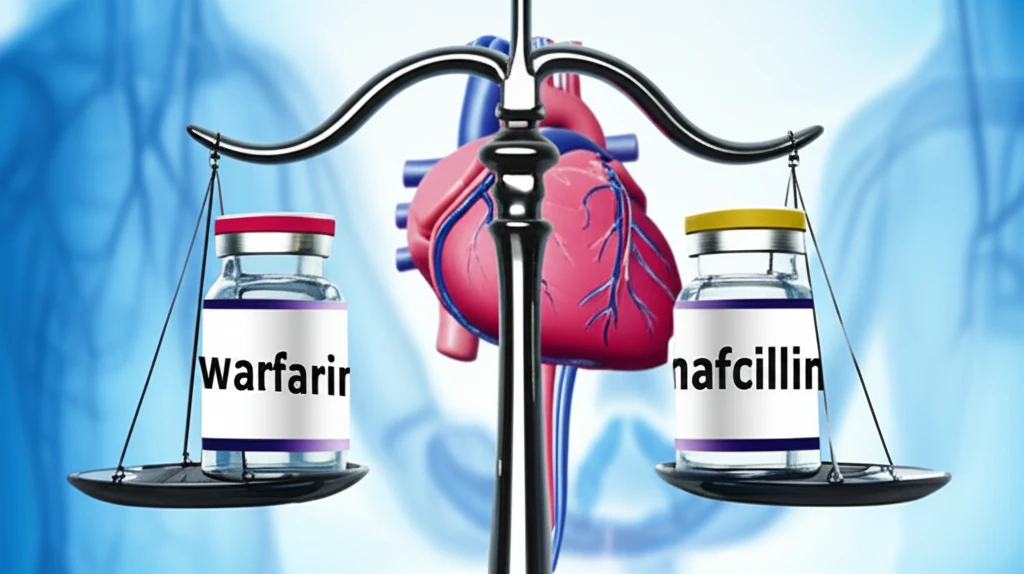
Warfarin and Nafcillin: What You Need to Know About This Potentially Dangerous Drug Interaction
"Understanding the Risks and Management Strategies for a Common but Often Overlooked Drug-Drug Interaction"
Many people take warfarin, a medication used to prevent blood clots, and many others need nafcillin, an antibiotic. While these two drugs serve different purposes, there is a critical, and often overlooked, interaction between them. This interaction can significantly affect how well warfarin works, potentially leading to serious health consequences.
Warfarin's effectiveness hinges on maintaining a delicate balance within the body. Nafcillin, a type of antibiotic, can disrupt this balance. This article will delve into this interaction, providing a clear, easy-to-understand explanation of the risks involved and the steps you can take to manage them.
This guide aims to arm you with the knowledge to discuss the risks and potential solutions with your doctor. This will allow you to take charge of your health and ensure the safe and effective use of your medications.
The Warfarin-Nafcillin Interaction: What's the Risk?

The primary concern with the interaction between warfarin and nafcillin revolves around how the body processes these drugs. Nafcillin can interfere with the enzymes that break down warfarin, essentially making it less effective. This can result in the blood not thinning enough, increasing the risk of dangerous blood clots.
- Increased Risk of Blood Clots: The most immediate danger is the potential for blood clots to form, which could lead to a stroke, heart attack, or pulmonary embolism.
- Unpredictable Anticoagulation: The interaction can make it difficult to predict how warfarin will behave in the body, making it harder to maintain the correct dosage.
- Need for Frequent Monitoring: Patients may need to undergo blood tests more often to monitor their INR levels and adjust warfarin dosages as needed.
Taking Action: Protecting Your Health
Being informed about potential drug interactions is a vital aspect of healthcare. With this information, you can take proactive steps to protect your health by having open conversations with your healthcare providers. By working together, you can ensure your medication regimen is safe and effective.
